Rain-X Silicone Endura Premium All-Weather 26′ Windshield Wiper Blade
$15.89
500 in stock
Rain-X Silicone Endura was designed with the wiper blade consumer in mind. Qualitative focus group research provided insights to the top features and benefits desired in a wiper blade; consumers want it to be durable and long-lasting while consistently performing in a variety of temperatures and environmental conditions. From the icy cold winters in the north to the year-round blazing heat of the south, the next step in the innovation process was to develop a wiper blade that met these specifications. Rain-X, a brand leader in wiper blades and water repelling technologies, introduces the newest addition to the wiper blade portfolio. Rain-X Silicone Endura features a precision engineered silicone rubber squeegee, with proprietary graphite coating, specially formulated for use in wiper blades to provide ultimate durability and extreme all-weather performance. Ultimate DURABILITY The Rain-X Silicone Endura squeegee is proven to last 2X longer than traditional natural rubber squeegees, based on third-party testing. Designed to endure through the toughest conditions, the silicone squeegee maintains excellent stability and performance during long-term exposure to harsh climates and environmental elements. The silicone rubber is resistant to the motor oils, fluids and solvents encountered on the road that cause organic rubbers to rapidly deteriorate. BUILT FOR TOUGH WEATHER CLIMATES Rain-X Silicone Endura provides superior wipe quality in the most extreme temperatures (tested to -20°F and +194°F). The squeegee won’t dry out and crack in the summer heat, or freeze and break in the winter cold. The resilient silicone rubber is designed to provide exceptional wipe performance in all types of severe or inclement weather conditions experienced while driving, such as: heat, wind, rain, sleet, snow, and ice Blade Size Finder Installation and Fitment Click Here
Have You Changed Your Wiper Blades Lately?
Wiper blades should be replaced every six months to a year or as soon as you notice a difference in driving visibility. When wiper blades no longer make proper contact with the windshield surface, they can begin to squeak, chatter, skip, smear or streak reducing driving visibility.
Remember to check your wiper blades as part of your regular preventative maintenance program!
Wiper Blade Maintenance Tips
Visibility is fundamental to safe driving. Although drivers depend on their vehicles’ wiper blades to clear away rain, sleet and snow, many wait to replace them until they need them the most. So remembering to maintain wiper blades regularly can maximize visibility, efficiency and reliability.
Wiper blades deteriorate due to many environmental factors including:
- Sun: Ultraviolet light and ozone deterioration
- Oil: Car waxes and exhaust hold rubber-deteriorating oil
- Airborne debris: Sand, mud and dust carried in the wind
- Moisture: Acid rain and salt water (in moist air both near the shore and inland)
Remember, wiper blades should be checked every six months and changed at least once a year. Evaluate both the rubber squeegee and the metal frames to avoid common problems such as streaking, skipping, chattering, wearing and splitting – all offenders of reduced visibility and slowed reaction time while driving.
Common Wiper Problems
- Streaking occurs when the rubber squeegee dries, hardens and cracks. It can also be caused by tree sap, road tar and other foreign substances collected on either the glass or the blade.
- Skipping occurs when the blade develops a curvature from lack of use (e.g. left in the ‘parked position’ for an extended length of time).
- Wearing occurs with extensive use and is when the rubber edges are rounded instead of squared.
- Splitting is caused when the sun’s ultraviolet rays penetrate the rubber squeegee, causing it to breakdown and separate from the frame.
- Bent Refill Vertebra and Bent Frames cause inconsistent contact with the glass surface, creating streaking or skipping.
Avoid these common problems and extend the life of your wiper blades by following these simple steps:
- Clean your windshield every time you fill your gas tank.
- Gently wipe the rubber squeegee with a damp paper towel to remove any loose dirt or oil.
- Never use your windshield wipers to de-ice your windshield. Instead, either use an ice scraper or use your defroster to melt snow and ice.
- Pull your wiper blades away from the windshield during winter months to prevent ice build up on the rubber squeegee and to prevent them from sticking to the windshield.
Efficient wiper blades are as important to a vehicle’s safe operation as clean oil and good tires. So remember to change your wiper blades at least once a year, to inspect them frequently for wear and tear and to enjoy the view!
| Dimensions | 1 × 1 × 1 in |
|---|
Only logged in customers who have purchased this product may leave a review.
Related products
Uncategorized
Rear Wiper Blade – Compatible with 2013 – 2018 Mazda CX-5 2014 2015 2016 2017
All Wiper Blades
Toyota Exterior Parts & Accessories Parts
Genuine OE Toyota Windshield Wiper Blade Refill (Left) – 85214-04030
In-Store Wiper Blades
Michelin Endurance XT Advanced Silicone Wiper Blade 20′,Last 2X Longer


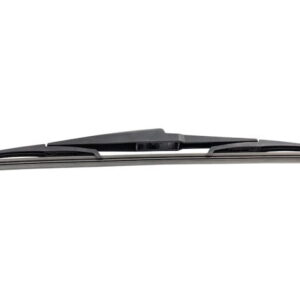
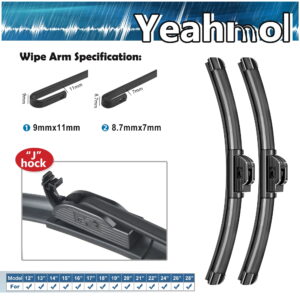
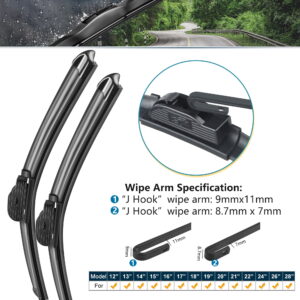


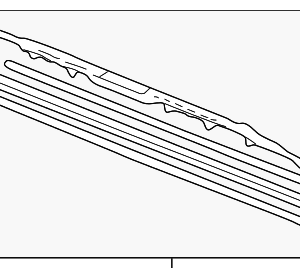
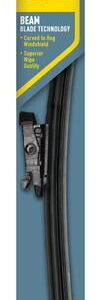
Reviews
There are no reviews yet.